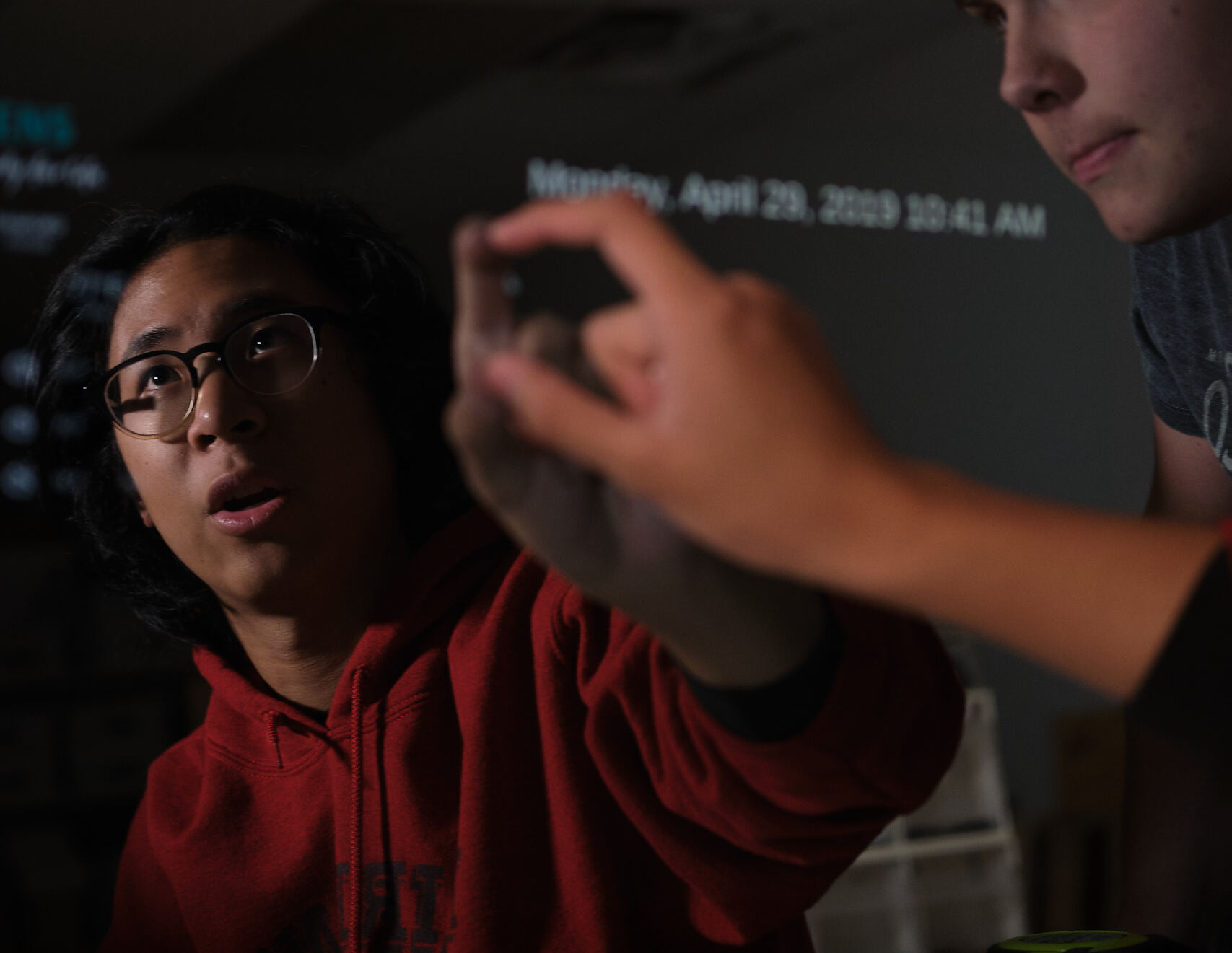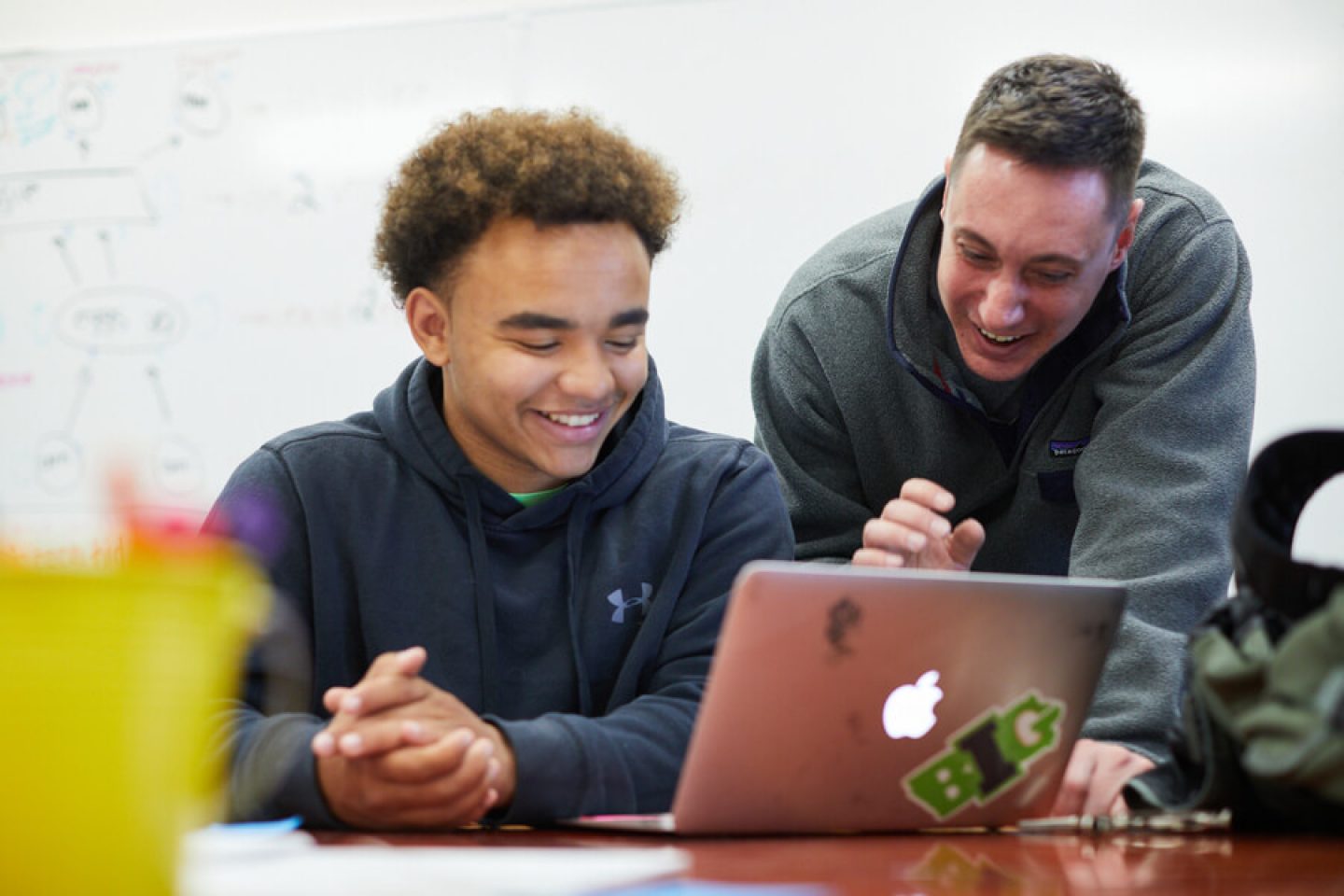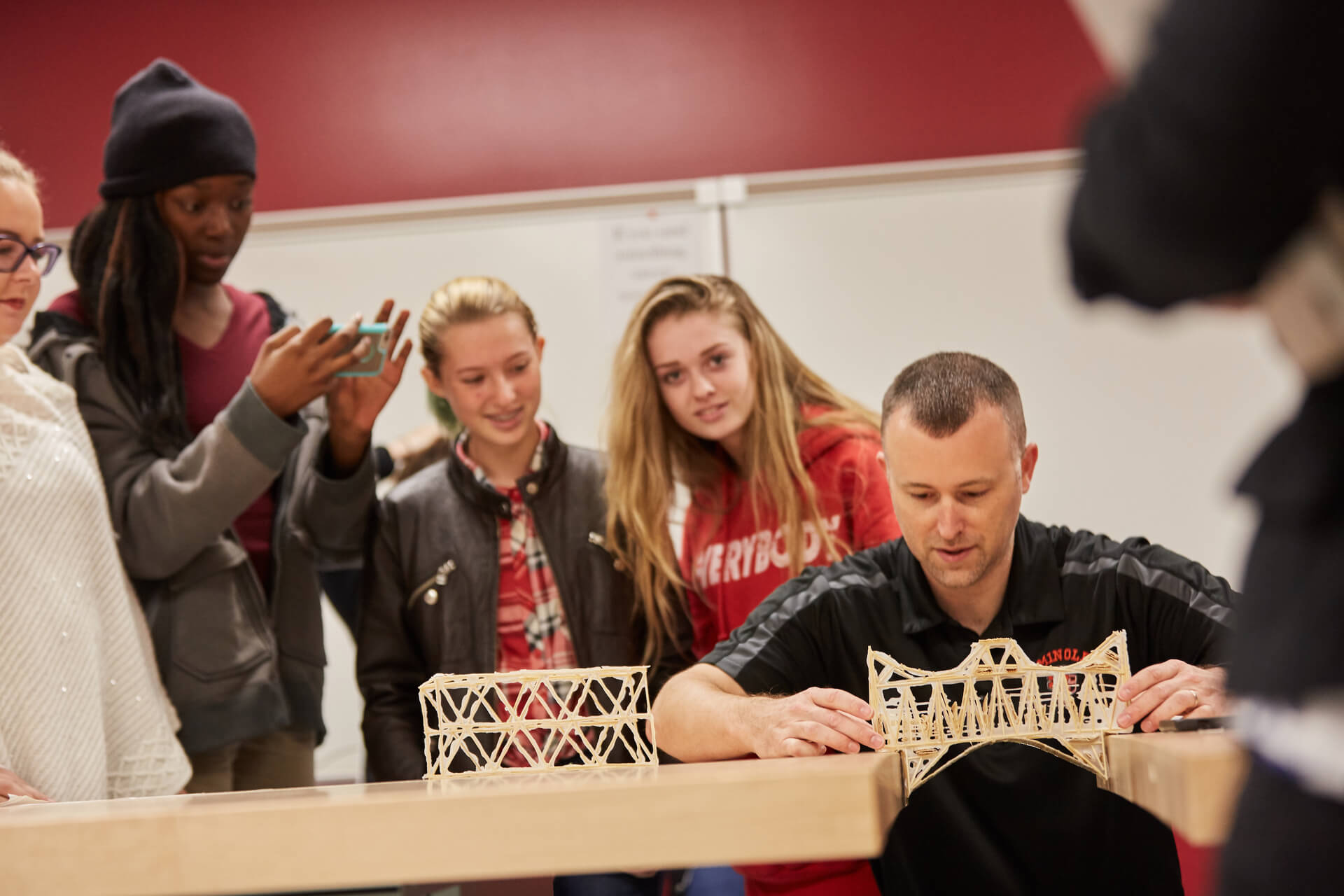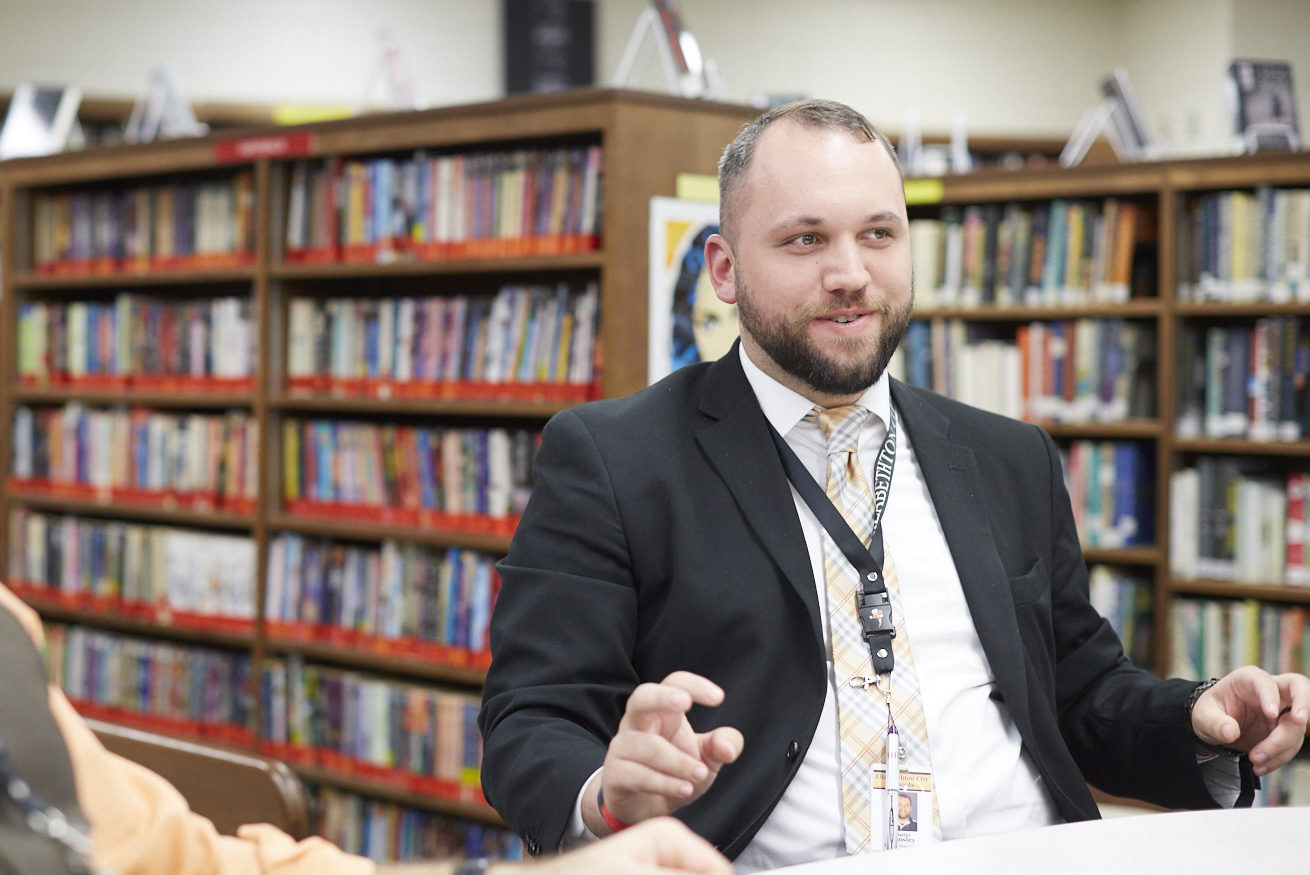ChatGPT & Students: What do I do with A.I. in the classroom?
Unpopular opinion: using AI in the classroom can help us create innovative models of education that are student-centered and future-ready.


Lately, I’ve been reading everything I can about the open-source artificial intelligence tool ChatGPT. There are dozens of stories about students submitting spectacular essays written by the chatbot. This is not surprising given how students have always sought quicker, easier solutions to their school work using tools such as Google, CliffNotes, Chegg, and Quizlet— applications designed to help people find answers.
However, with ChatGPT, teacher concerns about cheating are warranted because almost every classroom lesson involves reading something and answering questions about the subject as a means of building comprehension. Is ChatGPT about to become a substitute for student writing? Will it impact the ability of teachers to improve student literacy?
In high school, there are many aspects where ChatGPT is about to make life so much easier for students. Every major writing assignment and short answer response is about to meet its judgment day: reading summaries, dialectical journals, the five-paragraph essay, the college admissions essay, and the onslaught of reading and writing associated with AP coursework. Done! ChatGPT proves homework is worthless, and while it is a good thing that software developers are working to develop plagiarism-detecting tools and “watermarks” for chatbot-produced work, there is a liberating factor that A.I. tools will provide for education.
Daniel Herman recently wrote for The Atlantic about how easy it is to view ChatGPT as a major threat to the future of English classrooms. Herman writes about how not every student views strong writing as that one skill they must master, but also these tools will allow teachers and students alike to overcome the more laborious aspects of writing. The robotics and monotony of linguistics and grammar can be skipped, allowing students to explore their creative capacities–tone, voice, and poetics.
If you’ve ever taught an English class, you know students want to write creatively. They like making stories and poems and sharing them with others. But too often, they’ve had that avenue of expression shut down to focus more on exposition and argumentation. Herman writes, “I wonder if this may be the end of using writing as a benchmark for aptitude and intelligence.” If it is the end, he says we should ask deep questions about what aspects of writing and communication we should keep around.
Sarah Dillard recently wrote in The 74 about how classrooms must prepare for the A.I. future. Facial recognition, social media news feeds, and autonomous cars are just a few examples of artificial intelligence in our daily lives. Dillard outlines some fantastic ways A.I. tools like ChatGPT will help support teaching and learning. Dillard argues that educators are at (yet again) a crossroads—dig in and push back, or begin to imagine and embrace our unavoidable future with A.I. chatbots. She warns that banning or limiting the inclusion of these tools will not help prepare students for a future where automation and A.I. will only become more ingrained in our daily lives.
ChatGPT may be disrupting things now, but A.I. chatbots will help us to sustain new innovative models of education that are student-centered and future-ready.

How to incorporate ChatGPT in Your Classroom
In a very short time, ChatGPT has become incredibly popular, so we should expect similar programs to develop in the near future as the industry invests more in A.I. technology. We must prepare our classrooms for a future that integrates tools built with A.I. programs because it’s the world our students will be entering after high school.
In a recent episode of the Class Disrupted podcast, Michael B. Horn and Diane Tavenner examined whether ChatGPT is a disruptive or sustaining innovation and the immediate implications for schools. While cheating is possible, their conversation alludes to the more important question: are our assessment models authentic? And, by extension, are our learning experiences meaningful and engaging?
While A.I. cannot replicate the authentic learning teachers provide, it will make teaching and learning better. But first, we must learn how to make artificial intelligence tools serve educators and students. Bringing A.I. into the classroom can become an effective way to build a student-centered classroom and learning experience. Here’s how:
A student-centered classroom is one where students own their learning. But the loudest concern I hear from teachers in the news and social media is that students are using these tools to complete large writing assignments quickly. Let them. Writing is an iterative process, and mastery cannot be achieved through one five-paragraph essay.
As Tavenner states, writing does not explicitly teach students how to think. Before they start an essay or any other assignment, they have to read, evaluate, and synthesize sources. Students are thinking well before the pen goes to paper. Writing is a tool to help students practice higher-order thinking skills and solidify their ideas.
Students enter the classroom at different levels, and using the chatbot can help teachers differentiate more quickly. From there, teachers can then have students apply their higher-order thinking skills by evaluating, criticizing, and revising the A.I.-produced work until it reaches a model standard.
This iterative process is when students do the most thinking and learning. Students who struggle with writing can use this opportunity to learn with their peers how strong writing skills develop. Those with stronger writing skills can move beyond syntax and evaluate how to advance elements of writing—style, tone and voice. I see ChatGPT as a tool students can use not to replace their writing, but to enhance the experience.
And, students still have to input command prompts for chatbots to follow. This means students still have to understand what is needed, and what needs to be accomplished. Students should learn how to control the tool by identifying its strengths and weaknesses and using it productively to achieve their goals.
But if ChatGPT produces masterful essays with simple inputs, what need is there then for a high school English classroom? I’d counter that because reading and writing occur across disciplines, English classrooms will always be the hub for developing critical and creative thinking. Herman identifies three groupings where we typically see students’ aptitude for writing:
- Rules & Conventions: Students here focus on grammar and punctuation to make their writing readable and coherent.
- Structure & organizations: students focus on the flow of their writing; ideas are fleshed out, arguments are concise, and the structure is logical.
- Style & Tone: students here are in the final stages of a draft; editing, polishing, and identifying how to bring voice to their writing while improving its quality.
According to Herman, programs like ChatGPT can help students move beyond the rules and organization of their writing—the phases where teachers spend most of their instructional time supporting students. Disruptive, yes, but it doesn’t mean teachers won’t or can’t continue to help students in learning. We already use programs like NoRedInk and Grammarly to help teach students foundational elements of writing. If anything, they liberate teachers from repeating time-consuming lectures on subjects half the class is no longer interested in and allow them to divert more energy to meaningful, engaged learning experiences geared towards student interests.
ChatGPT is just the latest reminder that our current teaching practices have become too robotic. Maybe we don’t have to read the same novels every year and write the same essays to prove comprehension. Maybe we don’t have to put so much value in mnemonics like FANBOYS or SWABIS so students can write better sooner. Maybe students don’t have to try to write something new about the old “canon” and can instead spend more time reading new stories and learning how to communicate new ideas. If anything, now is the time to return to reading for pleasure and understanding, not just for academics.
I see ChatGPT as a powerful tool for teachers and students when used appropriately. A.I. can help us better support individualized student learning with assessment models where students input their needs and receive individualized prompts for practice. We already have adaptive progress monitoring assessment programs, and A.I. testing promises to be less stressful, identify where biases may be, and provide more reliable, real-time results. If A.I. can play a helpful role in assessment, teachers can focus more on authentic projects, group collaborations, and learning experiences outside the classroom.
Our reactions to A.I. capabilities exist on a spectrum between excitement and trepidation, but banning ChatGPT won’t teach students anything meaningful. Preventing students and teachers from accessing the open-sourced tool is the kind of reactionary measure we should avoid. Rather, we should be proactive in learning to adapt alongside the tool as it evolves. Further, now is a better time to begin to rethink what we expect of our students and how we should be designing our curriculum.
Banning ChatGPT won’t teach students how to confront technology constructively. It didn’t work for cell phones or social media, and it certainly won’t work for this.
ChatGPT is a fascinating tool, but nonetheless, a tool built by humans. It is still subject to error and misinformation, so we can’t understate its limitations. It cannot replace trusting, caring relationships between teachers and students that accelerate learning, nor can it make our communities more connected to our students. That’s the human work needed to get high school transformation underway.
Resources
Below is a list of resources for teachers eager to integrate A.I. tools into the classroom now:
MIT Artificial Intelligence Literacy Units–From face filters to chatbots, from ethics to therapy, M.I.T.’s Responsible A.I. for Social Empowerment and Education (RAISE) has something for every level of interest.
A.I. for Teachers – The Ryden Program of Innovation and Leadership in A.I. at the North Carolina School of Science and Mathematics (NCSSM) has resources that focus on expanding access for children to learn how to better experience A.I.
Introduction to Students to Artificial Intelligence – This Edutopia article is a great quick reference to help educators understand some of the basics of A.I. and machine learning, and how to introduce the topics to students.
Intel’s Reference Guide for Teaching A.I. – Coming from one of the industry leaders, this is another quick reference guide about the various topics associated with teaching A.I.
Photo at top by Maya Richardson











